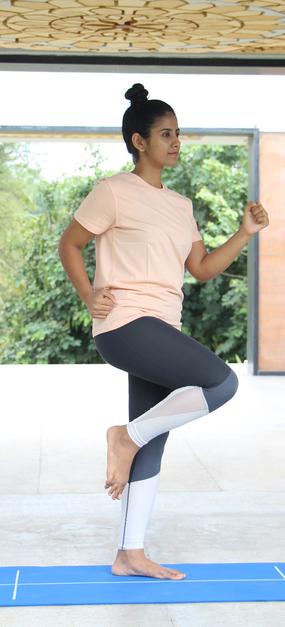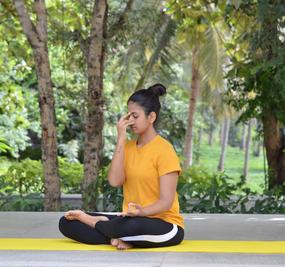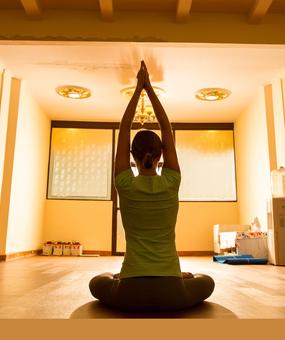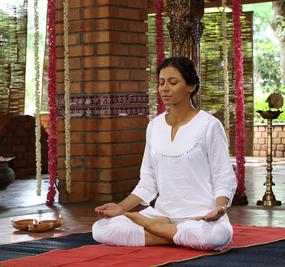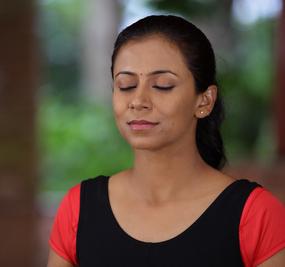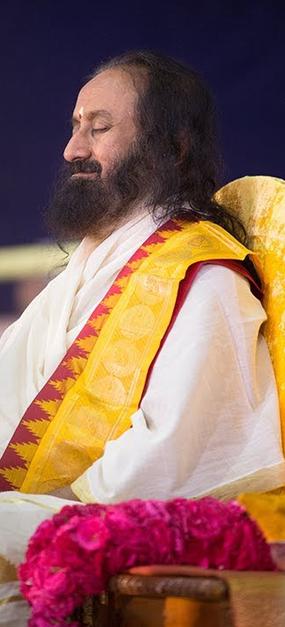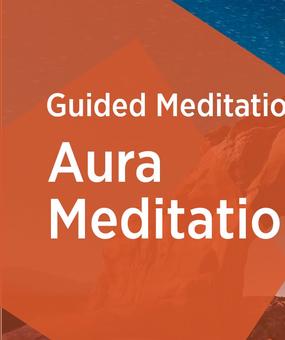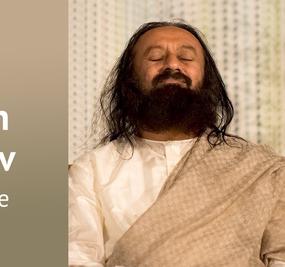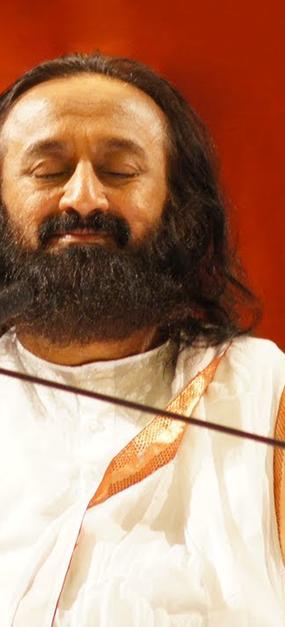Simple meditation techniques to help a beginner
Tips so simple, yet very effective to have a deeper meditation experience:
- Choose a convenient time
- Choose a quiet place
- Sit in a comfortable posture
- Keep a relatively empty stomach
- Start with a few warm-ups
- Take a few deep breaths
- Keep a gentle smile on your face
- Open your eyes slowly and gently
Did you know that by taking just a little time to prepare before you meditate, you can enjoy a much deeper meditation experience & gain many benefits of meditation? Questions like ‘how to meditate’ – and more specifically, ‘how to meditate at home’—become much easier to answer when you start with the right preparation.
Tips to get started with meditation for beginners
-
Choose a convenient time
Choose a time when you know you are not likely to be disturbed and have the freedom to relax and enjoy. The hours of sunrise and sunset while nature transitions between day and night are also ideal for meditation.
Similarly, choose a quiet and peaceful environment where you can sit and meditate without distractions. It could be a quiet room in your home, a soft spot in nature, or even a meditation center. Such a place can make meditation for a beginner more enjoyable and relaxing. Make sure your meditation room is well-ventilated and there is some fresh air coming in the room.

-
Sit in a comfortable posture
Sit comfortably and easily. Keep your shoulders relaxed. You don’t need to sit with a very straight back. You can sit with a backrest too. Start with your spine erect and then let go. Letting go is the most crucial instruction in meditation.
Avoid lying down on the sofa or with your legs outstretched during meditation. You cannot meditate that way. Don’t rest your head as far as possible. But if you feel uncomfortable and you want to rest your head, you can go ahead. If you have some physical challenges, illnesses or discomfort, then also you can do it. But it’s better not to rest your head because it may take you to sleep more than meditation.
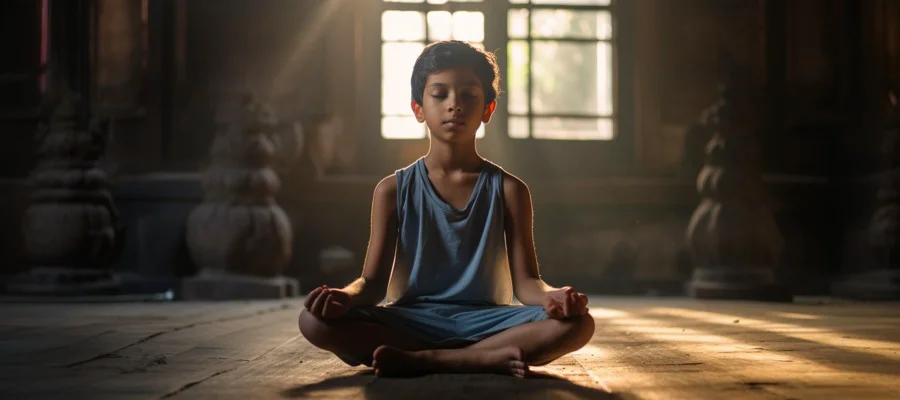
-
Keep a relatively empty stomach
Meditate before a meal or two to three hours after a meal. Too much food makes you feel dull. If you meditate just after a meal, either you will have indigestion or you will not be able to meditate. You’ll go to sleep. Eat in moderation. No need to fast either – just the right amount of food.

-
Start with a few warm-ups
Warming up before meditation brings your attention to the present and prepares your body and mind for meditation. A few warm-up exercises or sukshma yoga before meditation help improve circulation, remove inertia and restlessness, and make the body feel lighter. This step will help you sit steadily for a longer time.
Pranayama helps enhance the prana or vital life force in the body. It prepares you for meditation. It is recommended to practice deep breathing or nadi shodhan pranayama before and after meditation. Practicing pranayama after meditation helps for smooth transitioning and to clear any toxins released during meditation.
-
Drop your intentions
A strong tendency to keep doing something, whether important or unimportant, becomes an impediment to meditation. All intentions, good or bad, trivial or important, need to be dropped for meditation to happen. Dropping all intentions even for a moment brings you in touch with the Self – that instant meditation happens. While you sit for meditation you have to let the world be the way it is.
-
Don’t judge your thoughts
If thoughts are coming, never mind. When you realize it, you again come back to your centre. Some irrelevant, absurd thoughts may come and go – it is all part of stress release. You may get some brilliant thoughts or some very bad thoughts, don’t judge at that time. Don’t get excited, just relax. Some people get ideas, some people can see some visions, some colours, some experience: some may smell some fragrance, or feel something – any of the 5 senses – it’s all good. Simply continue with your meditation.
-
Kick the world away like a ball
From the moment you wake up in the morning, you are always with people and your mind is caught up in worldly thoughts. When you meditate, close your eyes and kick the world away like a ball. During the day be completely attached to your work, don’t try to detach yourself. But when you sit for meditation, then totally detach yourself.

-
Do not concentrate
Improved concentration is a result of regular meditation. Yet, meditation is not concentration. Meditation is the simple art of doing absolutely nothing, not even thinking, so you don’t concentrate but you de-concentrate, you relax completely. If you are asked to take your attention to something while practising a guided meditation, just do it gently. Remember, the whole process is effortless.
-
Don’t ‘do’ anything
Meditating should be like lying on a massage table. So when you are taking a massage, you just lie on the table and the masseur takes care of everything. In the same way, when you sit for meditation, know it will be done for you. You wanting to do something in meditation is the biggest problem. There is a teacher, guide or Guru who does the work for you.

-
Open your eyes slowly and gently
As you come to the end of the meditation, don’t be in a hurry to open your eyes or move your body immediately. Instead, become aware of yourself and your surroundings and open your eyes gradually. Then slowly move your body, and you are ready for the day.
Try this guided meditation for beginners
The Art of Living’s Sahaj Samadhi Meditation is a specially crafted program to help you tap into your unlimited potential by diving deep within yourself.







